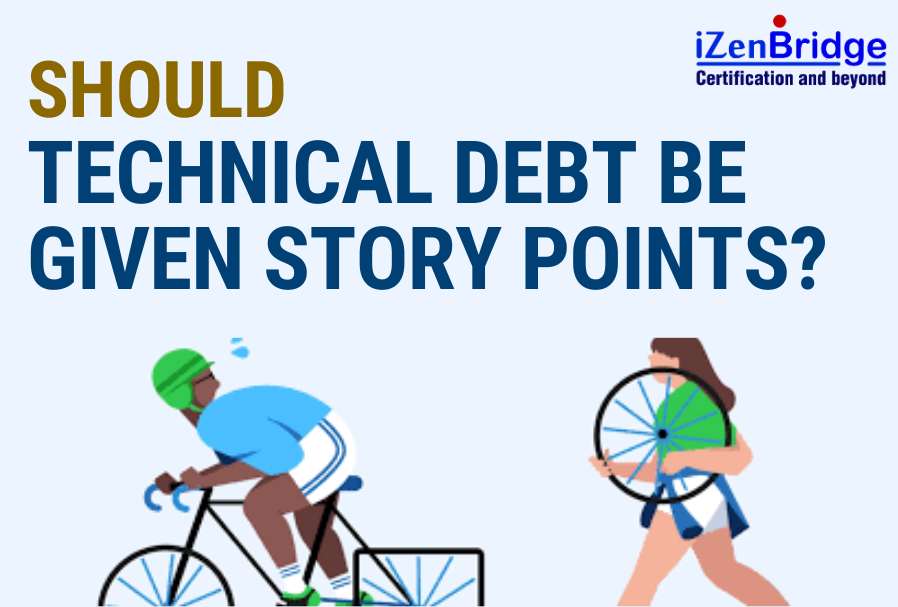

Technical debt refers to the future work created by taking shortcuts to developing a feature or functionality quickly. As these shortcuts accumulate, the product becomes increasingly difficult to work with, improve, and maintain. The debate around whether technical debt should be estimated and given story points has led to varying opinions. This article will explore the advantages and disadvantages of estimating technical debt, as well as some considerations for using estimation in the Scaled Agile Framework (SAFe).
Advantages of Estimating Technical Debt
1. Quantification: Estimating technical debt provides a quantifiable measurement of the work that needs to be addressed to improve the product’s technical aspects. This allows stakeholders to understand the scope of accumulated debt and make informed decisions. 2. Forecasting: By estimating the work required to address technical debt, teams can better plan iterations and sprints, allocate resources, and determine the time needed to complete the work. 3. Accountability: When technical debt is estimated and quantified, it becomes more transparent, leading to a greater sense of accountability within the team. This helps ensure that shortcuts are addressed and resolved on time.
Disadvantages of Estimating Technical Debt
Alternatives to Estimating Technical Debt
Scaled Agile Framework (SAFe) Recommendation
In SAFe, Teams identify technical improvement or exploration work as enablers. Teams can have Enabler stories in their Team Backlog. Enablers are estimated in story points and included in the teams’ loading and velocity.
Conclusion
There is no universal answer to whether technical debt should be estimated and given story points, as the decision depends on the specific context and needs of the organization. The key is to understand the advantages and disadvantages of estimation and use that information effectively to improve forecasting, closure predictions, and quantification of work created per iteration. Ultimately, the choice to estimate technical debt or not should be based on the organization’s goals and the best approach to achieving them.
Join our ICAgile Agile Coach Certification (ICP-ACC) training program to sharpen agile coaching competencies.